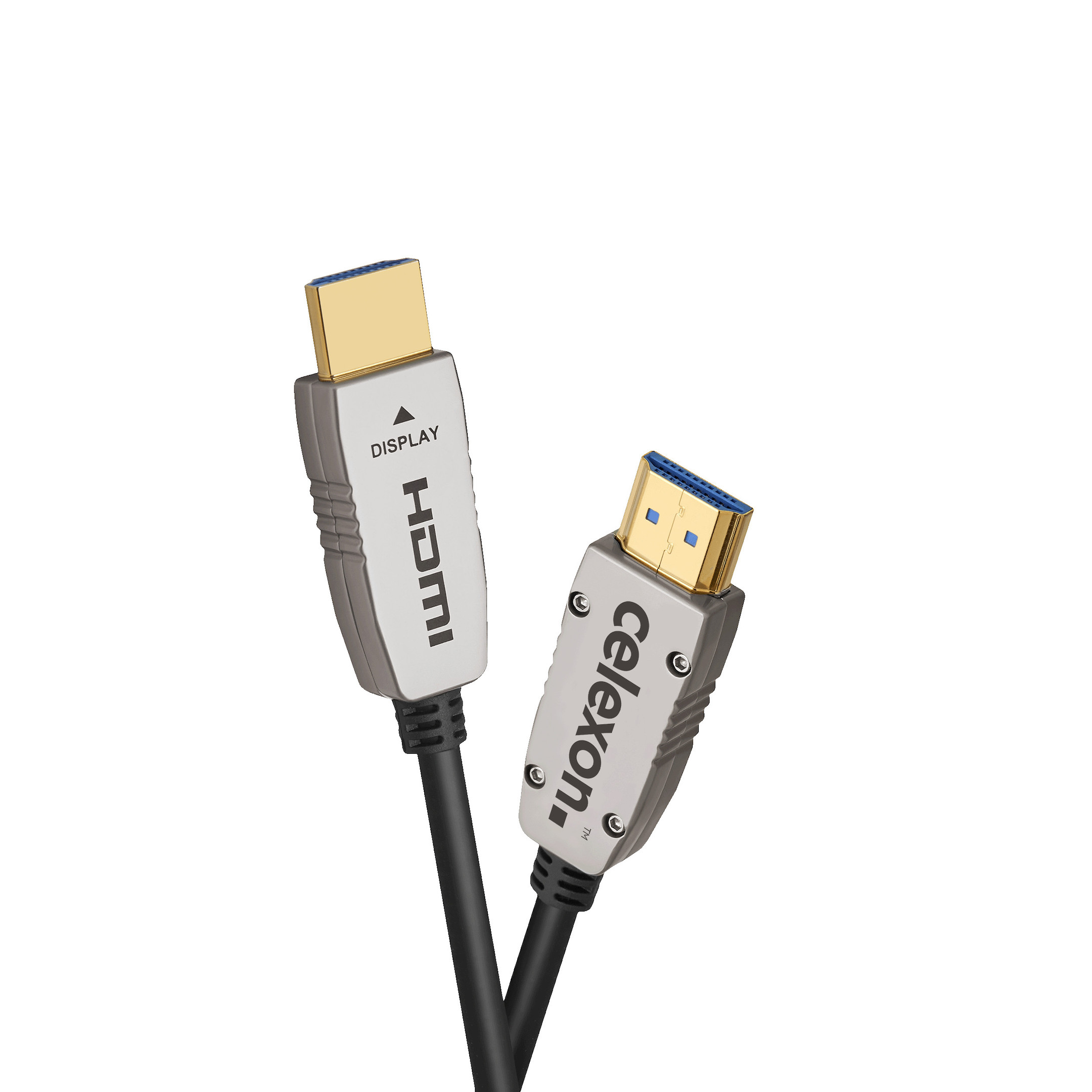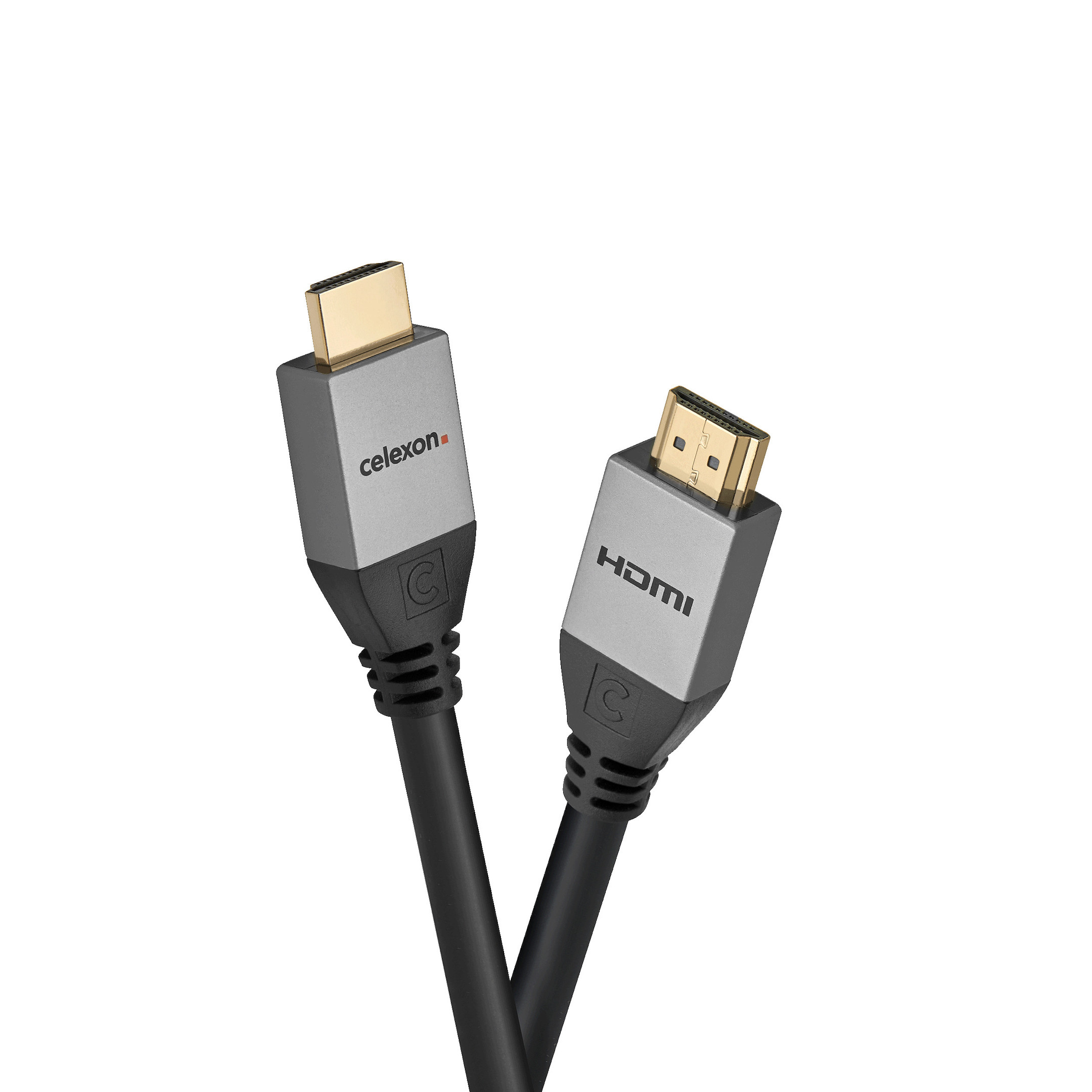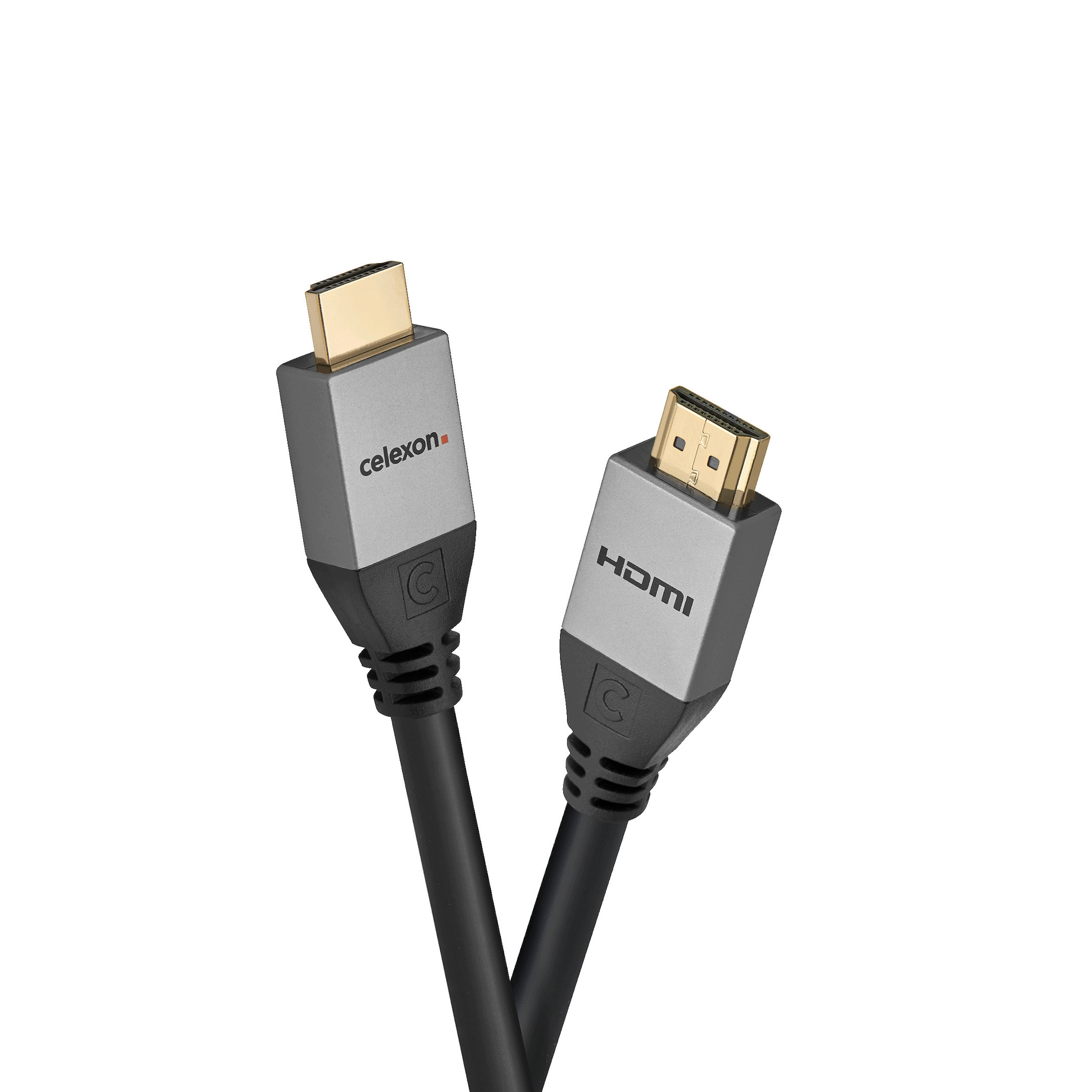- Brightness 5,000 Lumen
- Resolution 1024 x 768 XGA
- Aspect Ratio 4:3
- Operating noise 38 dB


Frequently purchased together
Product information
An XGA 3LCD installation projector with high brightness and low maintenance.
The VPL-FX35 is designed so that it fits on almost all situations where a high quality projector is needed. He is therefore perfect for new installations, but also for upgrading older units suitable as system integrators often use already existing fixtures. A variety of picture settings and lens options allow the VPL-FX35 in places to install, operate where other projectors would be very difficult - even in bright ambient light.In addition to this flexibility, the VPL-FX35 outstanding picture performance and long life. The Bright Era Sony technology improves and color purity over the life of the system, by protecting the LCD panels from harmful UV light.
The VPL-FX35 is equipped with all modern inputs and is easy to use and maintain, highly functional, inexpensive to operate and therefore the ideal choice for applications where a practical and high-quality projector is needed.
Technical data
| Name | Sony VPL-FX35 Projector, 1024 x 768 XGA, 5000 Lumen - Used - acceptable |
|---|---|
| Article number | 1110889 |
| Manufacturer SKU | VPL-FX35 |
| Lamp life (ECO) | 4,000 Hour |
| Lens included | Yes |
| Model name | VPL-FX35 |
| Brand | Sony |
| Product Type | Projector |
| Application | Installation projectors |
| Technology | LCD |
| ANSI Lumen | 5,000 ANSI Lumen |
| ANSI Lumen (Eco) | 4,000 ANSI Lumen |
| Resolution | 1024 x 768 XGA |
| Aspect Ratio | 4:3 |
| Contrast Ratio | 2,000 :1 |
| Operating noise | 38 dB |
| Operating noise - ECO | 31 dB |
| Lamp life | 3,000 Hour |
| Minimum Projection Ratio | 1.44 |
| Maximum Projection Ratio | 2.3 |
| Inputs | 1x Cinch-Video , 1x DVI-D , 1x RS232 , 1x S-Video , 1x VGA |
| Outputs | 1x VGA |
| Features | Lens Shift , Lens interchangeable , Lens motorised |
| Product width | 39 cm |
| Product height | 14.8 cm |
| Product depth | 47.7 cm |
| Weight | 7.9 kg |
| Delivery contents | Remote control |
| Condition | Used - acceptable |
| Warranty | 36 Month |
| Warranty type | Bringin service Service and support information |
Product safety
| Person responsible for the EU |
|---|
| Sony Europe B.V. |
| Kemperplatz 1 |
| 10785 Berlin |
| Germany |
| info@sony.de |






